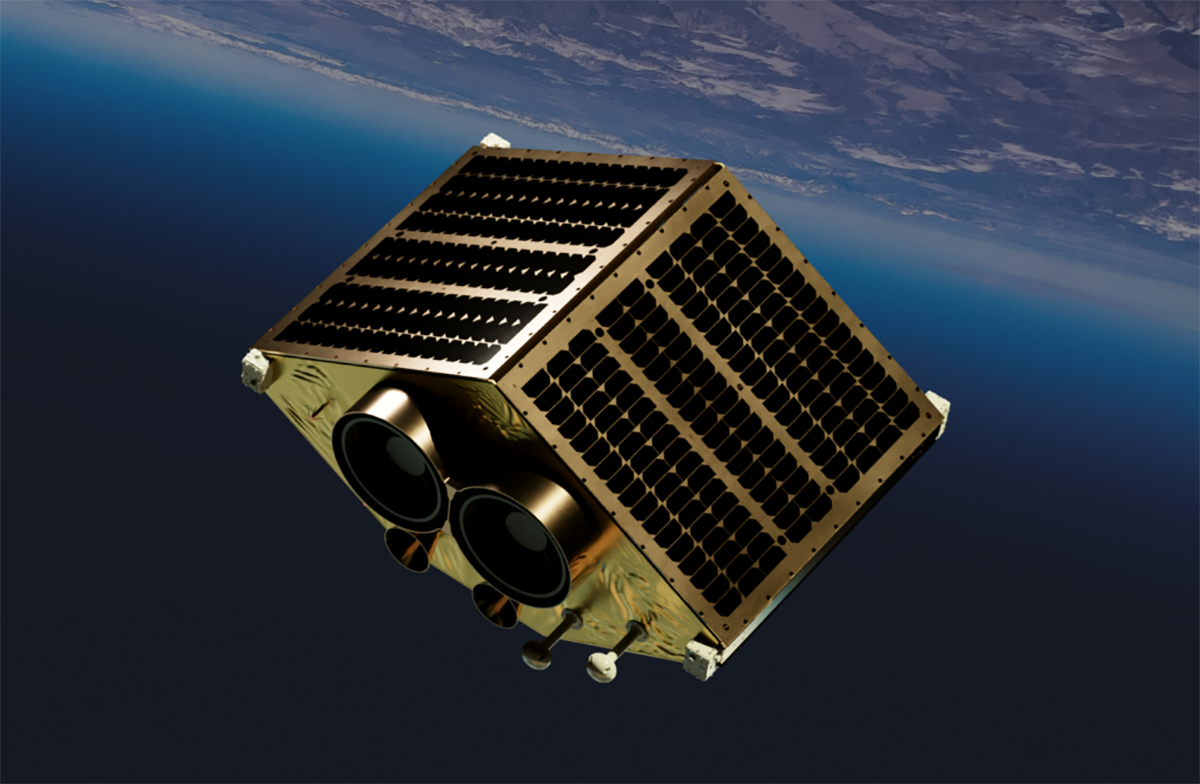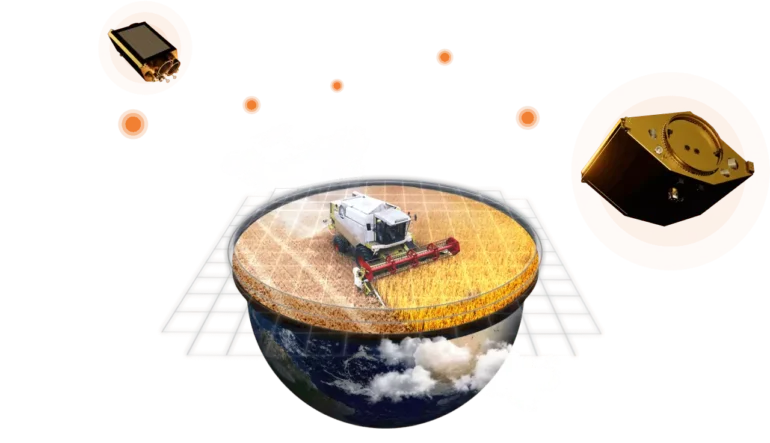
On January 3, during the Transporter-6 mission, SpaceX launched into space not only the Ukrainian nanosatellite PolyITAN-HP-30, but also the first satellite of the EOSDA constellation of the EOS Data Analytics company. It is a product company operating in the field of commercial space, with a head office in the USA and development centers in Ukraine (Kyiv, Dnipro Zaporizhzhia). Many components of the satellite were Ukrainian, so it can also be called Ukrainian.
The EOS SAT-1 satellite is an in-house development of the companies included in the Noosphere of entrepreneur Max Polyakov. The operational process of the full cycle is established through the vertical integration of companies in the Noosphere ecosystem — EOS Data Analytics, Dragonfly Aerospace, SETS, Flight Control Propulsion.

The EOS SAT-1 satellite was built and equipped with two high-precision DragonEye cameras by the Ukrainian-South African company Dragonfly Aerospace. The satellite’s engine was developed by the Ukrainian company SETS (Space Electric Thruster Systems), and the Flight Control Propulsion company provided 3D printing of parts and manufacturing of body elements. EOSDA will receive images from the satellite for further processing and provide its customers with data for making informed decisions in the agricultural sector.
It is noted that after the launch of the Falcon 9 rocket, the satellite was successfully delivered to a low Earth orbit. Shortly thereafter, EOS SAT-1 transmitted telemetry and systems status data. This indicates the planned start of its work in orbit.

EOS SAT-1 is the first satellite of the EOS SAT constellation focused on agriculture. The satellite tracks up to 1 million km2 daily using 11 agro-oriented bands. In total, EOS SAT will have 7 small optical satellites. With their help, the company EOS Data Analytics intends to collect satellite images, process them with the involvement of AI, and then supply analytical data to support the implementation of sustainable agriculture methods and ecological monitoring of forest lands.
EOS SAT-2 and subsequent satellites are scheduled to enter orbit during 2023-2024. Achieving the group’s full operational potential is planned for 2025. EOS SAT will then cover up to 100% of the countries with the largest area of agricultural land and forests, which is 98.5% of such land on the entire planet. The group will monitor areas up to 12 million km2 daily. Its satellite cameras will produce panchromatic and multispectral images using 13 bands focused on agriculture.

EOS SAT is expected to help agribusinesses monitor crop growth and detect heat, cold, water shortages, weed spread, pest attacks and other issues that threaten crops. Companies will also be able to optimize resource use based on productivity and vegetation maps provided by satellite arrays, test the effectiveness of new crop protection products or fertilizers, manage irrigation, estimate yields, eliminate redundant field checks, thus reducing fuel use, and much more.

